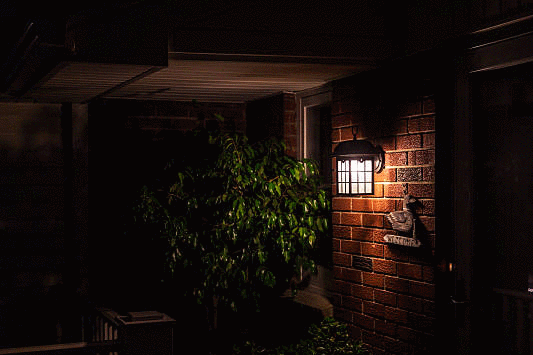Symbolism and Motifs in Broken Leaf Patterns
In the intricate world of design, motifs and symbols play a crucial role in conveying deeper meanings and narratives. One such motif that holds significant cultural and artistic value is the broken leaf pattern. Originating from diverse cultural backgrounds, the broken leaf pattern has adorned various art forms, from textiles to architecture, with its enigmatic charm. In this exploration, we delve into the symbolism and motifs commonly found within the broken leaf pattern, uncovering the rich tapestry of meanings woven into its intricate design.

Understanding the Broken Leaf Pattern:
The broken leaf pattern, characterized by its fragmented and irregular leaf-like shapes, is a motif deeply rooted in nature. It draws inspiration from the organic world, capturing the essence of growth, decay, and regeneration. Despite its seemingly chaotic arrangement, the broken leaf pattern exudes a sense of harmony and balance, reflecting the cyclical nature of life itself.

Symbolism of the Broken Leaf Pattern:
- Impermanence and Transience: At the heart of the broken leaf pattern lies the concept of impermanence. The fragmented leaves symbolize the fleeting nature of existence, reminding us of the inevitability of change and decay. In Eastern philosophies such as Buddhism, the motif serves as a poignant reminder of the impermanence of all things, urging us to embrace the present moment and appreciate the beauty of ephemeral experiences.
- Resilience and Renewal: Despite its fragmented appearance, the broken leaf pattern also symbolizes resilience and renewal. Just as leaves wither and fall, new growth emerges in their place, symbolizing the endless cycle of regeneration. This motif resonates deeply with themes of resilience and perseverance, inspiring us to overcome adversity and embrace transformation.
- Connection to the Natural World: As a motif derived from nature, the broken leaf pattern fosters a sense of connection to the natural world. Each fragmented leaf serves as a testament to the interconnectedness of all living beings, reminding us of our symbiotic relationship with the environment. Through its intricate design, the motif invites us to contemplate our place within the broader tapestry of life.

Motifs Within the Broken Leaf Pattern:
- Whirlwind of Change: The swirling arrangement of fragmented leaves within the broken leaf pattern often evokes the imagery of a whirlwind, symbolizing the turbulent forces of change. This motif captures the dynamic nature of life's transitions, where chaos and order coexist in a delicate balance. It serves as a visual metaphor for the whirlwind of emotions and experiences that shape our journey through life.
- Intertwined Histories: In cultural contexts where the broken leaf pattern is prevalent, each fragment of the motif carries its own unique history and significance. As leaves intertwine and overlap within the design, they symbolize the interwoven narratives of diverse communities and traditions. This motif celebrates the richness of cultural diversity while highlighting the interconnectedness of human experiences across time and space.
- Harmonious Contrasts: The juxtaposition of fragmented and intact leaves within the broken leaf pattern creates a sense of visual tension and contrast. This motif symbolizes the coexistence of opposites—light and shadow, growth and decay, order and chaos—within the natural world. Through its harmonious integration of contrasting elements, the motif reflects the complexity and beauty of life's multifaceted realities.

Exploring Cultural Variations:
Across different cultures and artistic traditions, the broken leaf pattern takes on myriad forms and interpretations. In Islamic art, for example, the motif is often stylized into intricate geometric patterns known as arabesques, where fragmented leaves intertwine with floral motifs to create mesmerizing designs. In Japanese art and textiles, the motif finds expression in the delicate shapes of cherry blossom petals, symbolizing the transient beauty of nature.

The broken leaf pattern stands as a testament to the enduring power of symbolism in art and design. Through its fragmented yet harmonious arrangement, the motif encapsulates timeless themes of impermanence, resilience, and interconnectedness. Across diverse cultural landscapes, the broken leaf pattern serves as a universal symbol of the cyclical nature of life, inviting us to contemplate our place within the ever-unfolding tapestry of existence. As we unravel the intricate layers of meaning within this enigmatic motif, we gain a deeper appreciation for the profound wisdom encoded within nature's narrative.



























